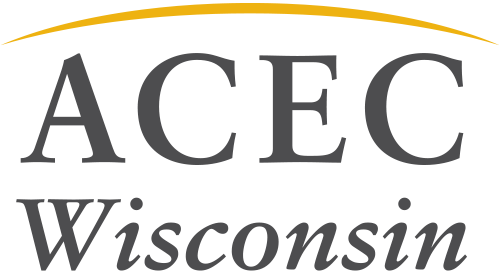Connecting the Community: Wisconsin’s Highway 50 is Reconstructed and Modernized
 Written by: David Felber, PE, HNTB
Written by: David Felber, PE, HNTB
![]()
WIS 50 spans from Wisconsin’s 4th largest city to I-41/94, connecting drivers to hospitals, schools, shopping districts as well as commerce and freight from Milwaukee to Chicago. However, the deteriorating road had very little infrastructure supporting safe walking, bicycling and public transit. To accommodate the area’s growing population and position Kenosha for a multimodal future, the Wisconsin Department of Transportation (WisDOT) sought to modernize the corridor.
The improvements to WIS 50 in Kenosha County comprised one of the largest urban roadway construction projects undertaken by WisDOT in the last 20 years. The project widened and rebuilt 4.7 miles of a four-lane rural road, transforming it into an equitable six-lane urban highway.
Collaboration
At least five years before construction began, the project team met weekly with the DOT and monthly with the cities and other agencies to coordinate the extensive community involvement and constituent communication. Team members approached it with the mindset of listening more than talking to fully understand the concerns of the community and address those concerns as quickly and completely as possible.
Due to the length of the corridor, many stakeholders weighed in on the design and strategy of the project. All told, the project required coordination with two separate railroads, 22 different utility companies, two municipalities, more than 30 businesses and more than 250 property owners. Every entity needed to continue to function uninterrupted during construction. The successful delivery of this project required collaboration, ingenuity and staying calm under pressure. Communication was key.
Collaboration with WisDOT and the design team fostered a collaborative partnership through the design process and carried through construction between the design team, client and contractor. The lines of communication were clear, consistent and efficient, allowing for quick turnaround times to unforeseen circumstances and questions from the field.
Safety and Mobility Improvements
Incorporating bike/pedestrian facilities was a top priority and the project team took a very detailed approach to provide equitable transportation for the entire length of the corridor, including 7.5 miles of surrounding roads to guarantee seamless connections in the surrounding neighborhoods and business centers. This included implementing visually impaired pedestrian crossing signals at signalized intersections in the vicinity housing residents needed it, further improving accessibility and safety for the surrounding community.
At a ribbon cutting for the project attended by the project team, lawmakers and community members, Governor Tony Evers heralded the project, calling it, “an investment that will pay dividends long into the future.”
Successful Results
 The finished 4.7 mile, $92 million construction project provides equitable access to the entire surrounding community, eases traffic flow in a dense commercial shopping area and enhances regional mobility in an active freight corridor.
The finished 4.7 mile, $92 million construction project provides equitable access to the entire surrounding community, eases traffic flow in a dense commercial shopping area and enhances regional mobility in an active freight corridor.
The project team managed expectations and delivered on commitments regarding schedule and sequencing so that stakeholders understood the project would be a long but predictable journey. The reconstruction project spurred development along the corridor even during construction as numerous requests were made by developers to relocate, add and remove driveways.
The project has been well-received by members of the community, who rely heavily on the corridor now and for years to come.
About the Guest Blogger
 David Felber, PE is Senior Technical Advisor of Engineering at HNTB and served as Deputy Project Manager and Project Engineer on the WIS 50 Reconstruction and Modernization project. He has a Bachelor of Science degree in Civil Engineering from Purdue University and has been with HNTB for 15 years.
David Felber, PE is Senior Technical Advisor of Engineering at HNTB and served as Deputy Project Manager and Project Engineer on the WIS 50 Reconstruction and Modernization project. He has a Bachelor of Science degree in Civil Engineering from Purdue University and has been with HNTB for 15 years.
HNTB Corporation is an employee-owned infrastructure firm serving public and private owners and contractors. With more than a century of service in the U.S., HNTB understands the life cycle of infrastructure and addresses clients’ most complex technical, financial and operational challenges.
